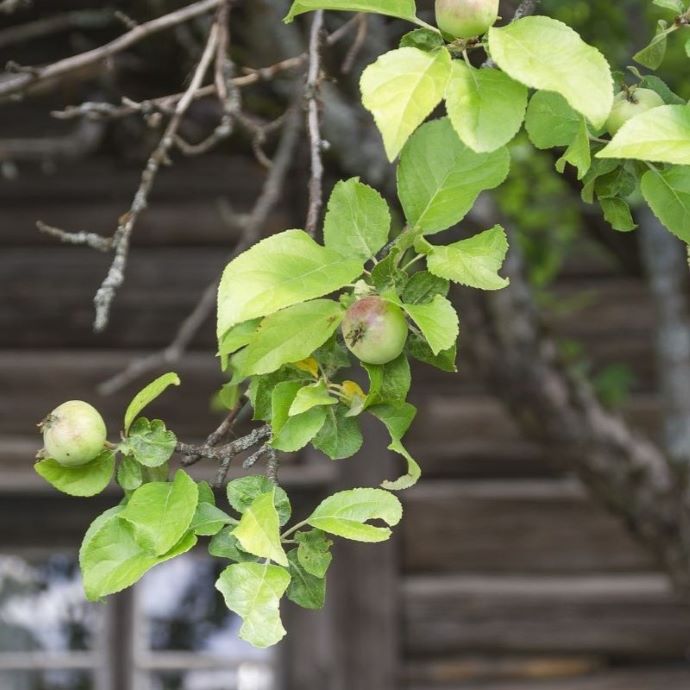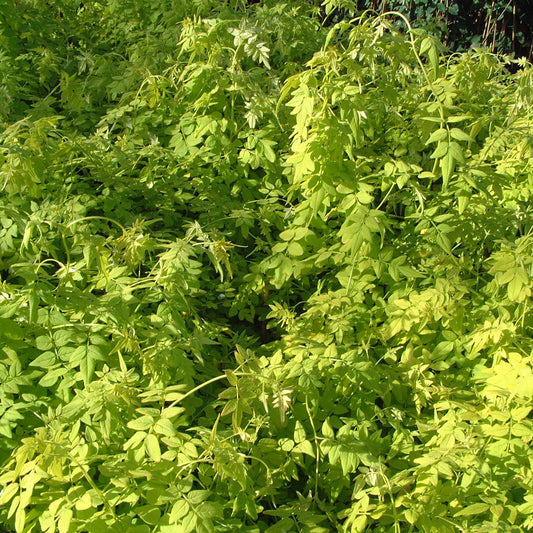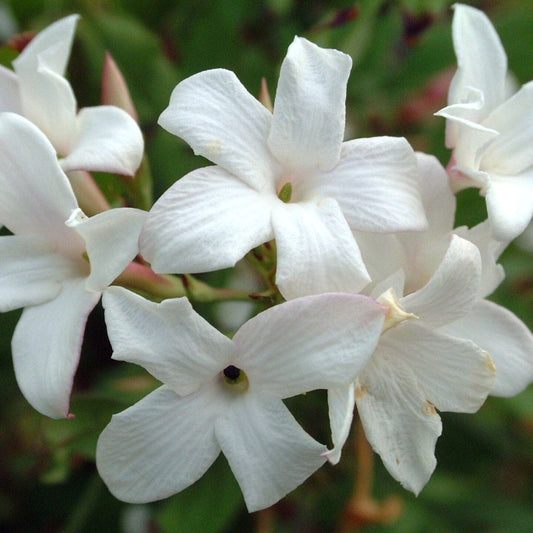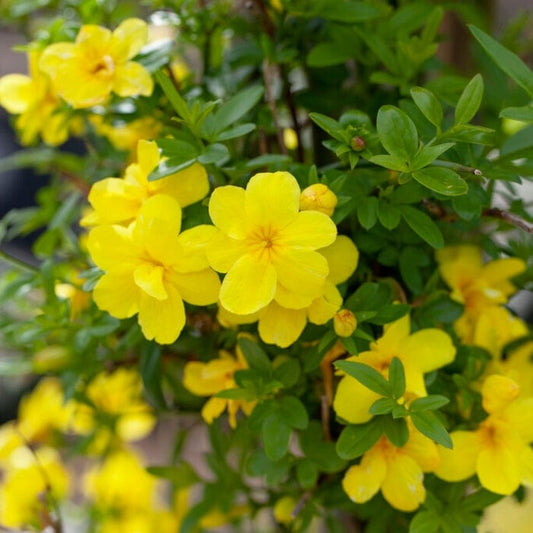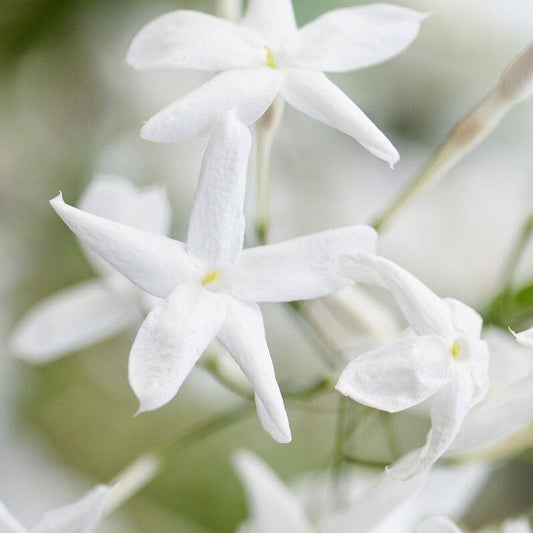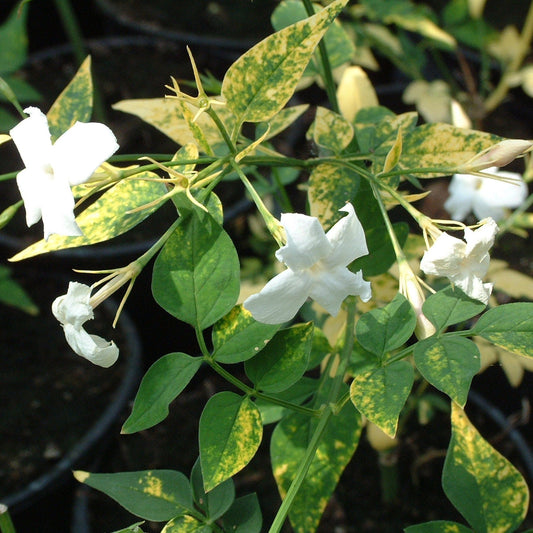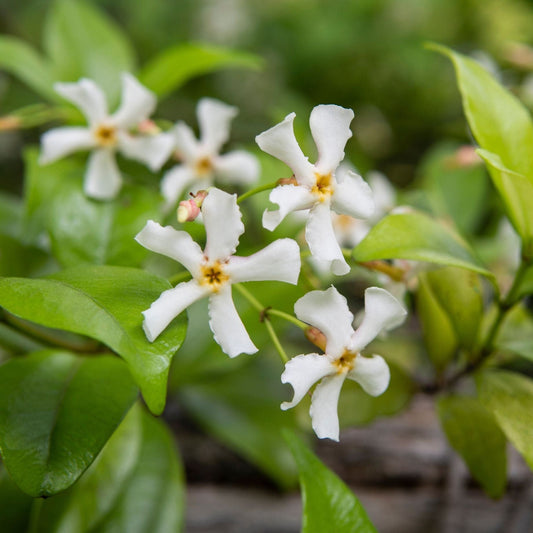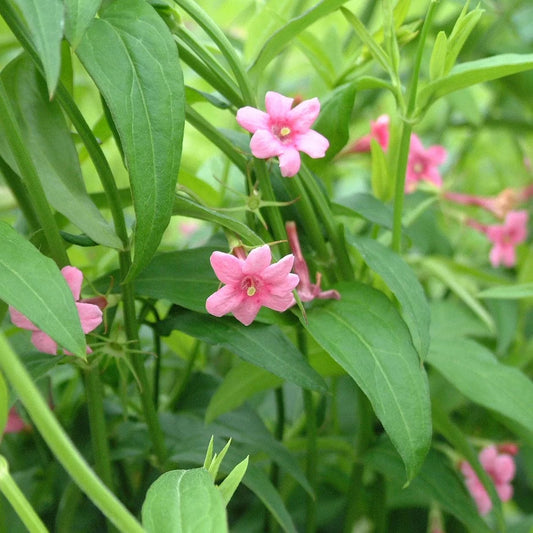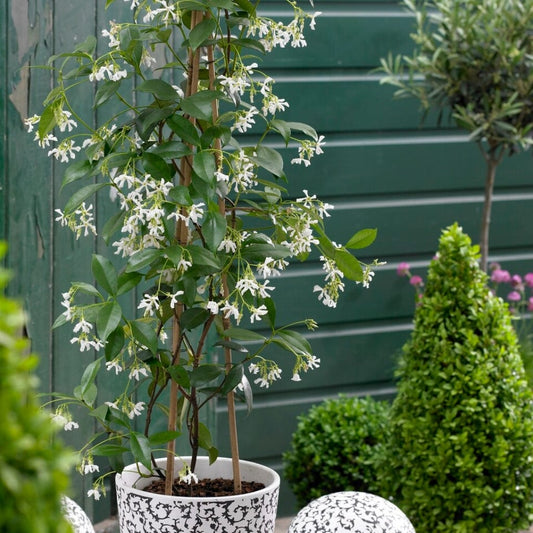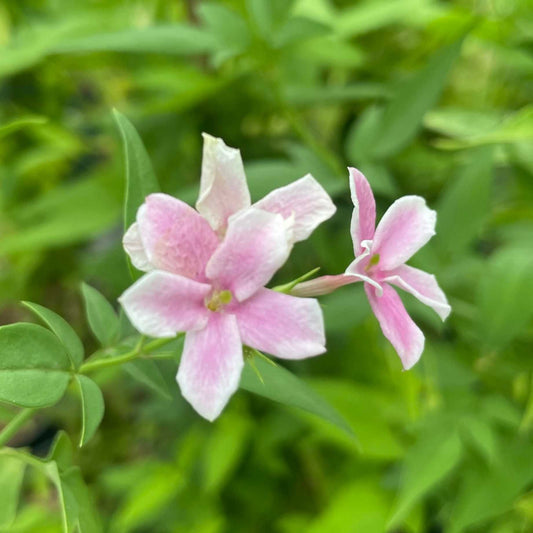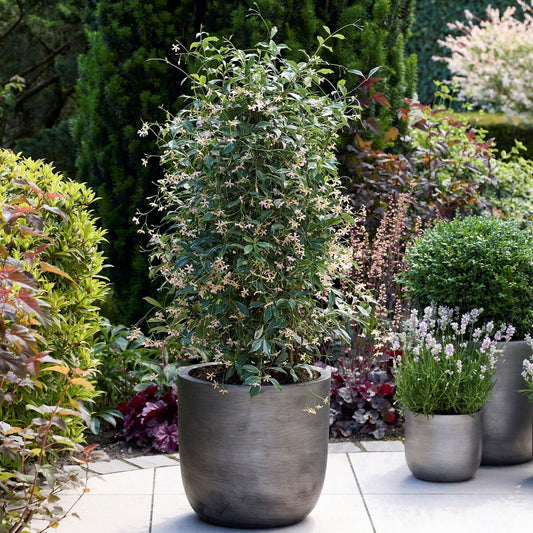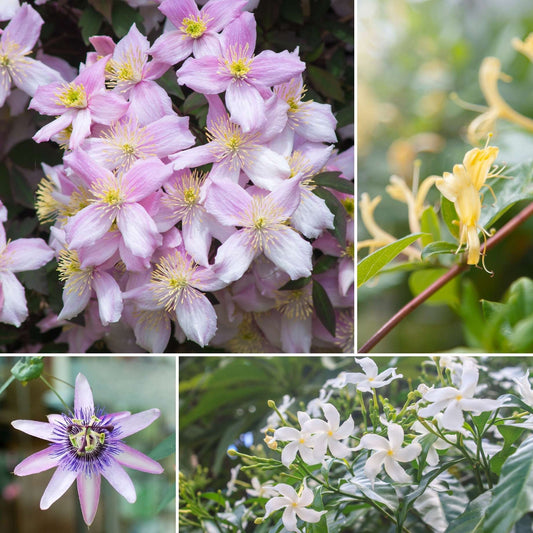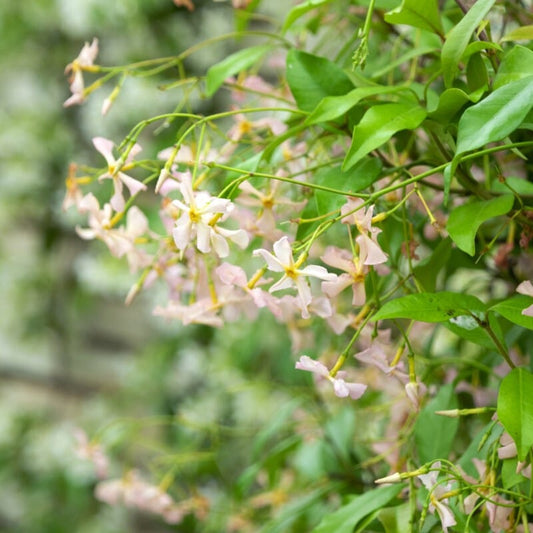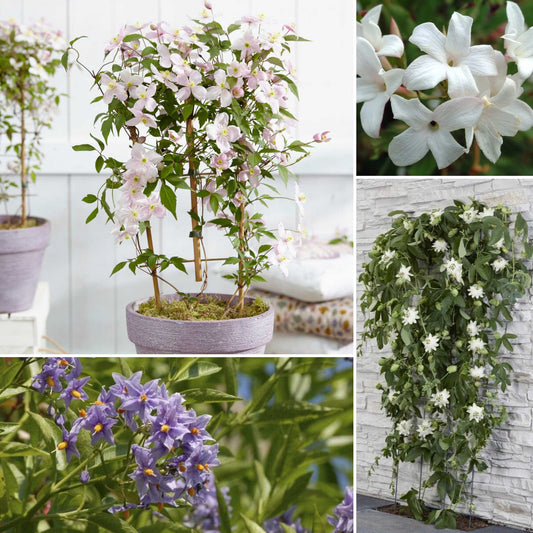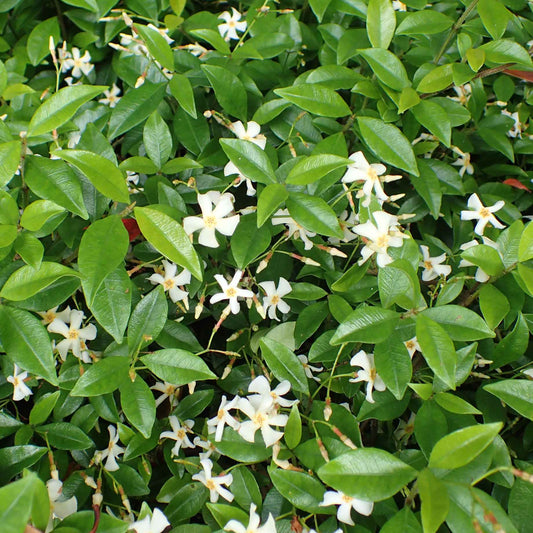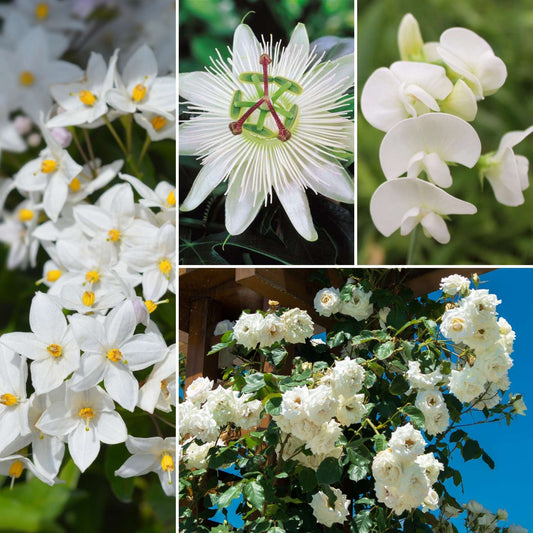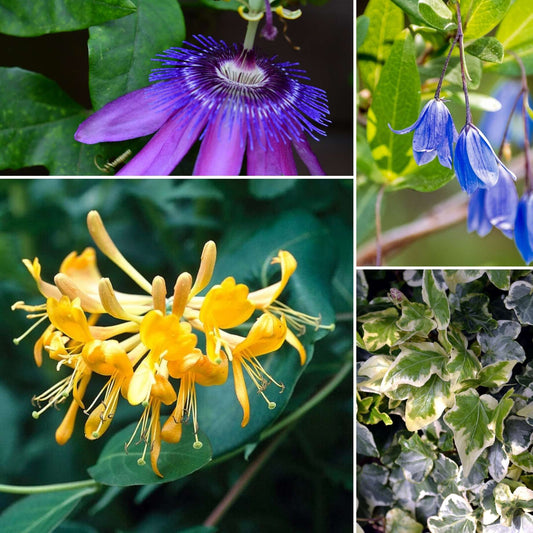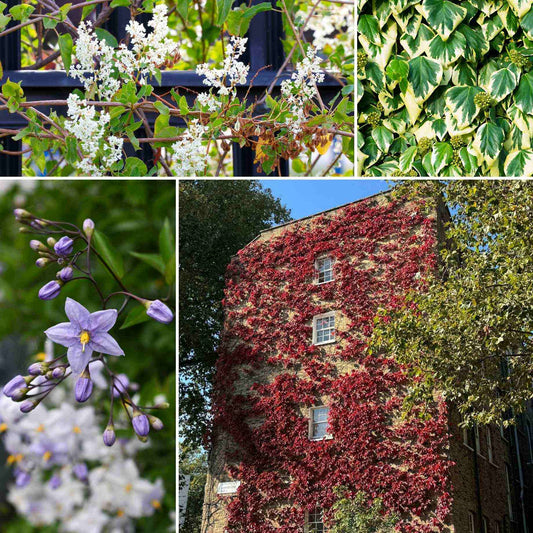Types of Jasmine: Which is Best for UK Gardens?
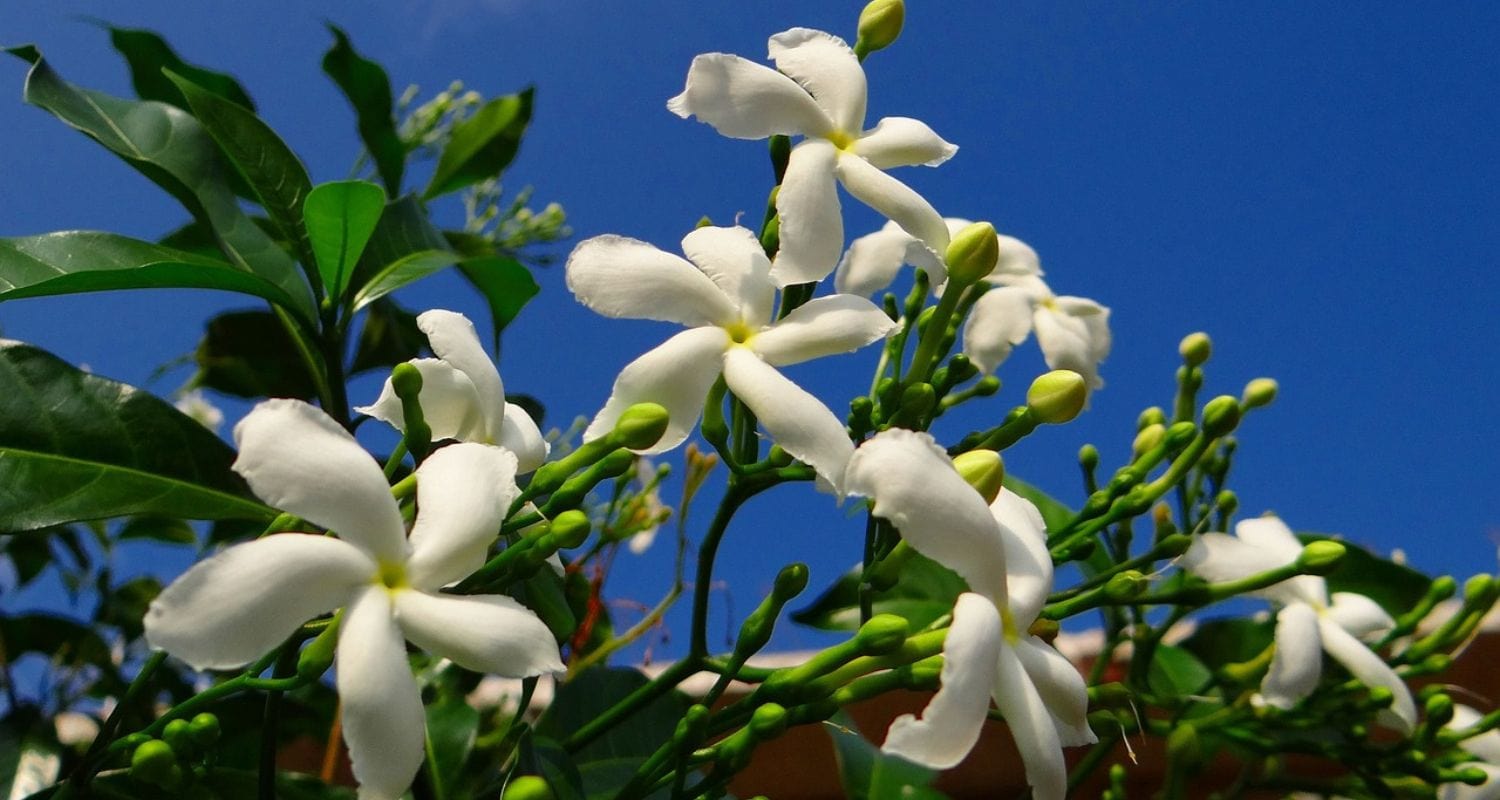
Jasmine plants provide a veritable feast for the senses – with their sweet scent floating on the evening air, gorgeous starry flowers and lush green foliage, these climbers are a must-have for any pergola, fence or archway. Grow one of these superstars in your garden, then sit back and watch as your friends and family swoon over its sheer, unadulterated loveliness.
But with so many great varieties out there from which to choose, the real question is which is the best jasmine for you? Decisions, decisions. Don’t worry, though, because we’ve got you covered. From the fabulously fragrant to tough-as-nails, nuclear-proof (maybe) hardy varieties, there’s a jasmine plant out there for everyone, and we’re here to help you choose. So, get your trellises at the ready…
Jump to:
- Best jasmine overall
- Most fragrant jasmine
- The hardiest jasmine
- Best evergreen jasmine
- Best winter-flowering jasmine
- Honourable mentions
What is the best jasmine overall?
Common Jasmine | Jasminum officinale ‘Fiona Sunrise’
There are so many good jasmine varieties out there, but when it came down to it, we just couldn’t look beyond ‘Fiona Sunrise’ for our best overall jasmine. The saying might go, “If it ain’t broke, don’t fix it”, but there’s nothing to say you can’t give it a little fine tune, instead, and that’s exactly what this variety does!
Offering a fresh take on the common jasmine plant, ‘Fiona Sunrise’ dazzles with its lush chartreuse-to-gold foliage, heady scent and linen-white blooms, and is perfect for clothing a drab wall, tired fence or unadorned arbour. To top it all off, it also holds the Royal Horticultural Society’s Award of Garden Merit (AGM)! Talk about a star performer.
What is the most fragrant jasmine?
Common Jasmine | Jasminum officinale
When people purchase a jasmine plant, the reason for doing so is usually a 50/50 toss up between the fragrance and the flowers. For those that lean more towards team perfume, however, then common jasmine is the one for you. This plant takes the idea of fragrance and supercharges it – honestly, this climber radiates its gorgeous perfume like its life depends on it.
Floral, honeyed and ever-so-slightly musky, common jasmine’s scent is as evocative as it is enticing. Our top tip is to plant your jasmine near a summer seating area to really get the most from the intoxicating aroma. Jasmine plants are most fragrant in the evenings and nights, so planting one near to where you’ll have that wind-down glass of vino on a Friday after work is recommended.

What is the hardiest jasmine?
Winter Jasmine | Jasminum nudiflorum
If you’re after a plant that laughs in the face of low temperatures, then may we direct you towards the (appropriately-named) winter jasmine. Hardy down to temperatures of around -15°C, with an RHS hardiness rating of H5, this hard-as-tough-jerky plant will easily withstand even severe British winters. Another award winner, winter jasmine also bears utterly gorgeous blooms, but spoiler alert, we may be coming on to discuss those later in this article, so we’re staying schtum for now…

What is the best evergreen jasmine?
White Jasmine | Jasminum polyanthum
When using a climber to create a privacy screen, or if you simply prefer your plant to be clothed in foliage all year round, then an evergreen jasmine is the order of the day. White jasmine (also known as the many-flowered jasmine) is a vigorous performer, bearing clusters of delightful pinkish-white flowers towards the end of spring. Better-suited to warmer, more sheltered positions if grown outside, white jasmine also makes a fantastic choice for conservatory growing.

What is the best winter-flowering jasmine?
Winter Jasmine | Jasminum nudiflorum
Scoring its second appearance on the list – we’re not sure how that happened, maybe it put on a convincing disguise or something – is winter jasmine. Because, whilst its hardiness is both impressive and important, let’s be honest, it’s the flowers we’re all here for!
Blooming from January through to March, this plant produces lemon-yellow flowers atop dark green stems, offering a jolt of sunshine in an otherwise gloomy part of the year. Unlike most jasmine varieties, winter jasmine isn’t scented, but with flowers like that? Well, they more than make up for any aromatic absence.

Honourable mentions
Compiling this list was hard, let us tell you. There are genuinely so many brilliant varieties and types of jasmine out there that whittling it down to just a select few was like having to pick a favourite child, or deciding what to watch on Netflix on a Tuesday evening (comparably-weighted decisions in our view). With that in mind, then, here are some shoutouts to a few other stellar performers.
Variegated Jasmine | Jasminum officinale 'Aureovariegatum'
Another award-winning variety, this variegated gem comprises green leaves mottled with yellowy-cream colour, and stellate, white, summertime flowers (often tinged with pink) which boast the iconic jasmine fragrance we all know and love.
Chinese Jasmine | Trachelospermum asiaticum
With its showers of yellow-centred, white flowers from June to August, Chinese jasmine is ideal for training against a sunny, south-facing fence, twining around an obelisk, planting in a large pot or even growing around the trunk and branches of a larger, established tree. Options.
Red Jasmine | Jasminum beesianum
This plant really is the beesianum’s kneesianums, producing an abundance of distinctive, elegant pink flowers in the summer, with good levels of fragrance. If white flowers aren’t your thing but you still want that unmistakable jasmine scent, this is a good bet.
Star Jasmine | Trachelospermum jasminoides
Not technically a jasmine, botanically speaking, but just as impressive, star jasmine is clothed in myriad pinwheel-like flowers in the springtime, emanating a wonderful fragrance not dissimilar to that of true jasmine. Ubiquitous with Mediterranean regions like the south of France and Tuscany, in Italy, this climber instantly lights up any space it graces.

Conclusion
Hopefully, having read this, you’ll have more of a clue about which jasmine to opt for. Of course, if you’ve got the room, we’d recommend getting several, but then again, we are a bit jasmine-mad like that.
We’ve got plenty of other climbers available for you to browse, as well as top tips on both how to plant and how to prune your climbing plant.
Last updated: 10/10/2025









